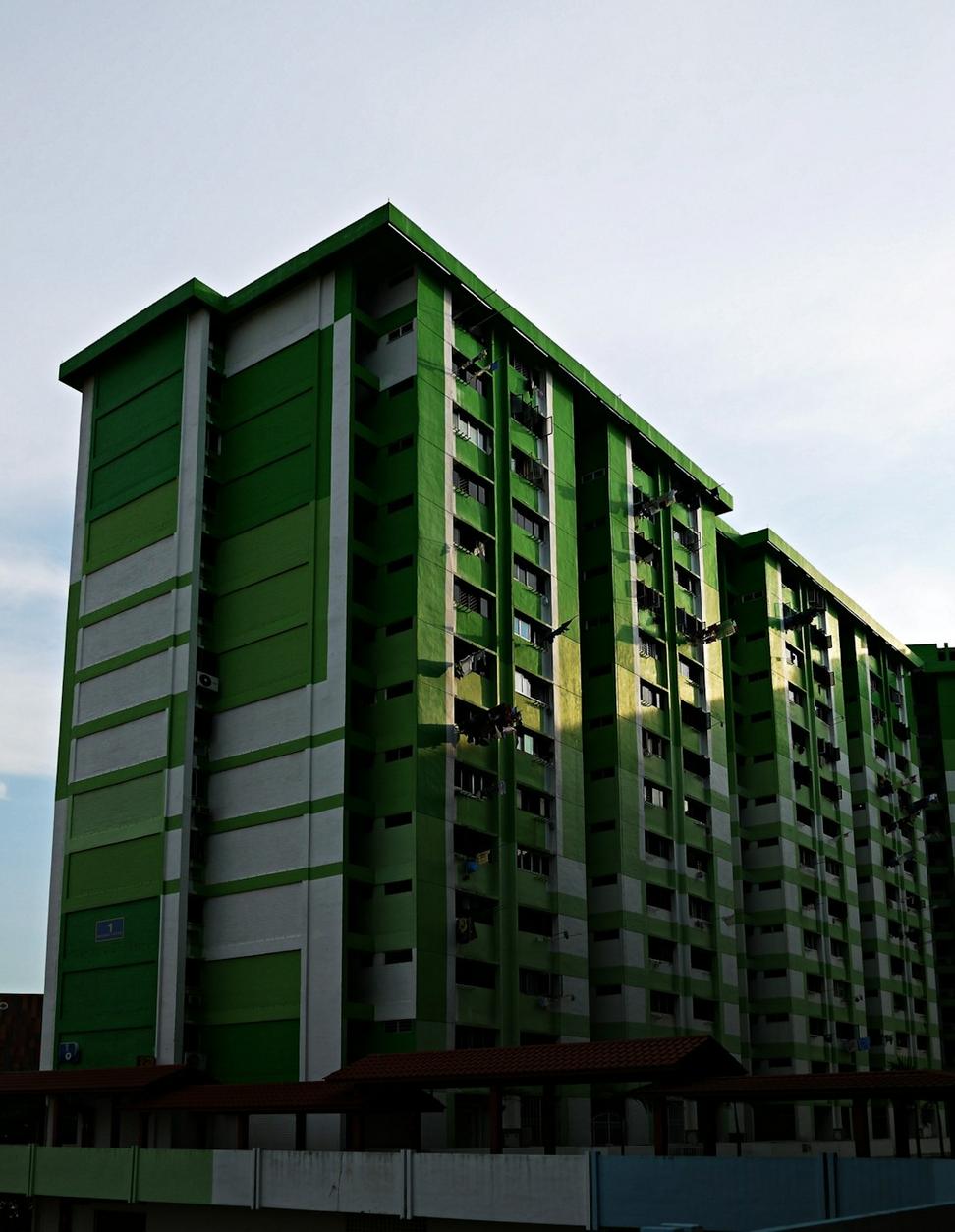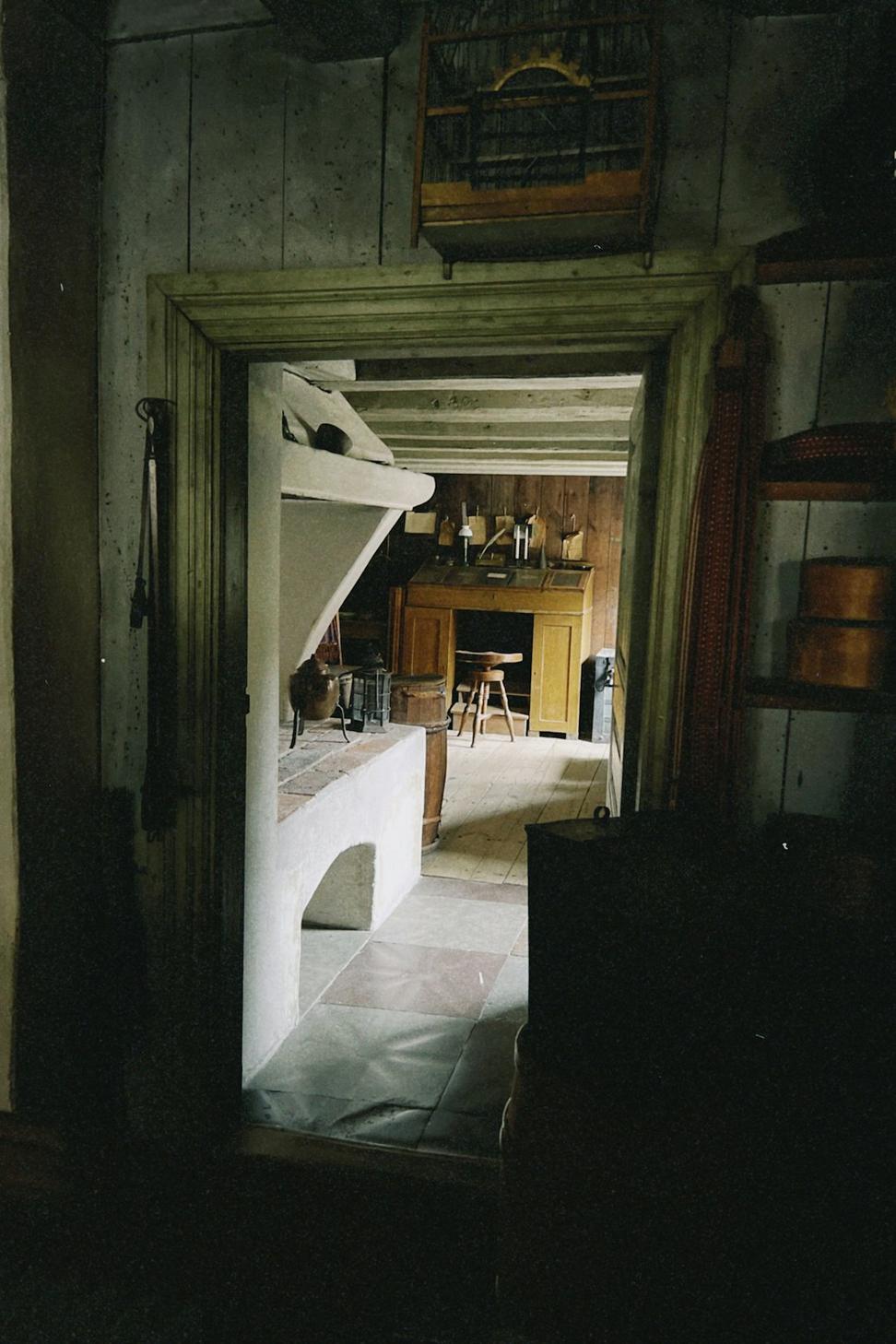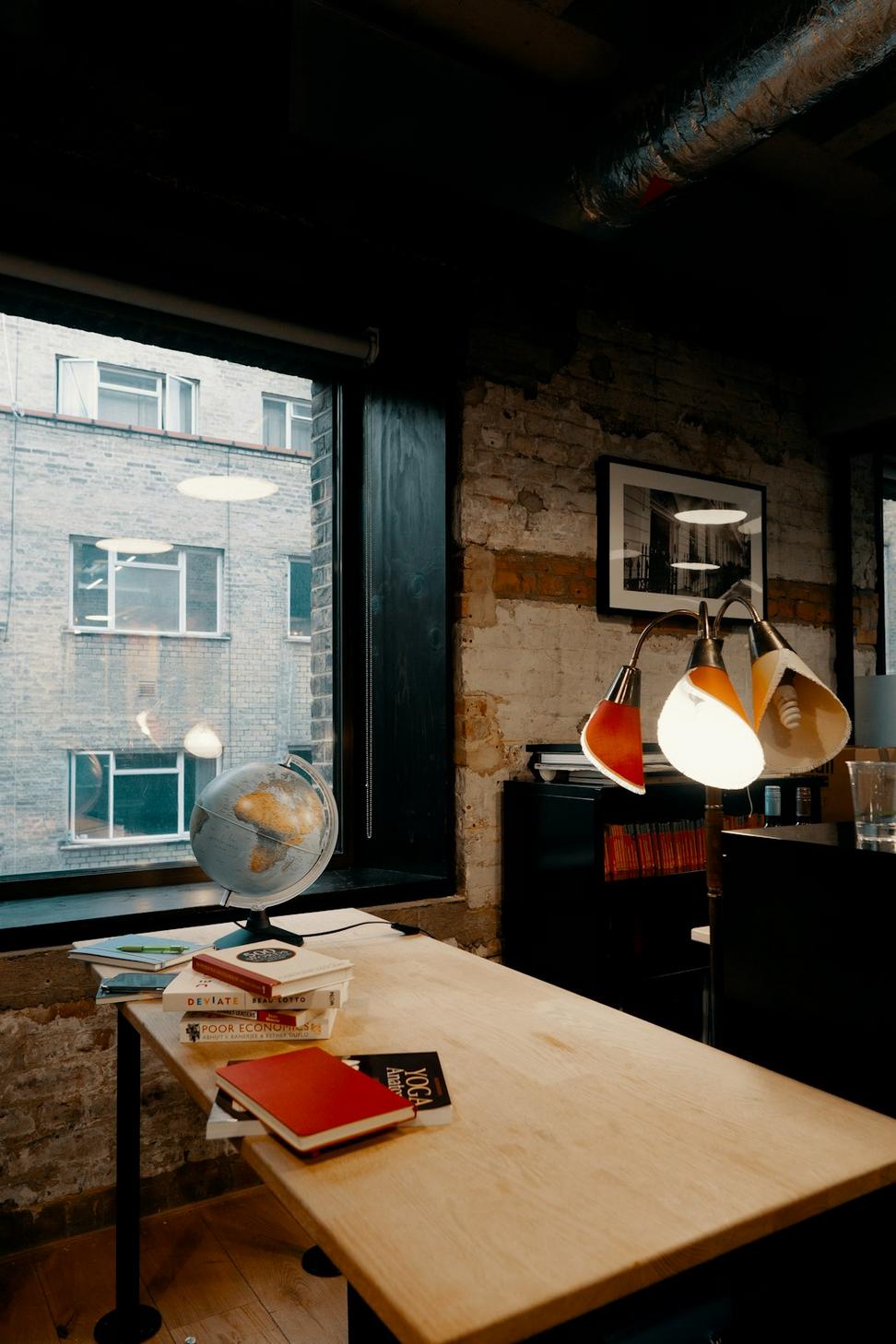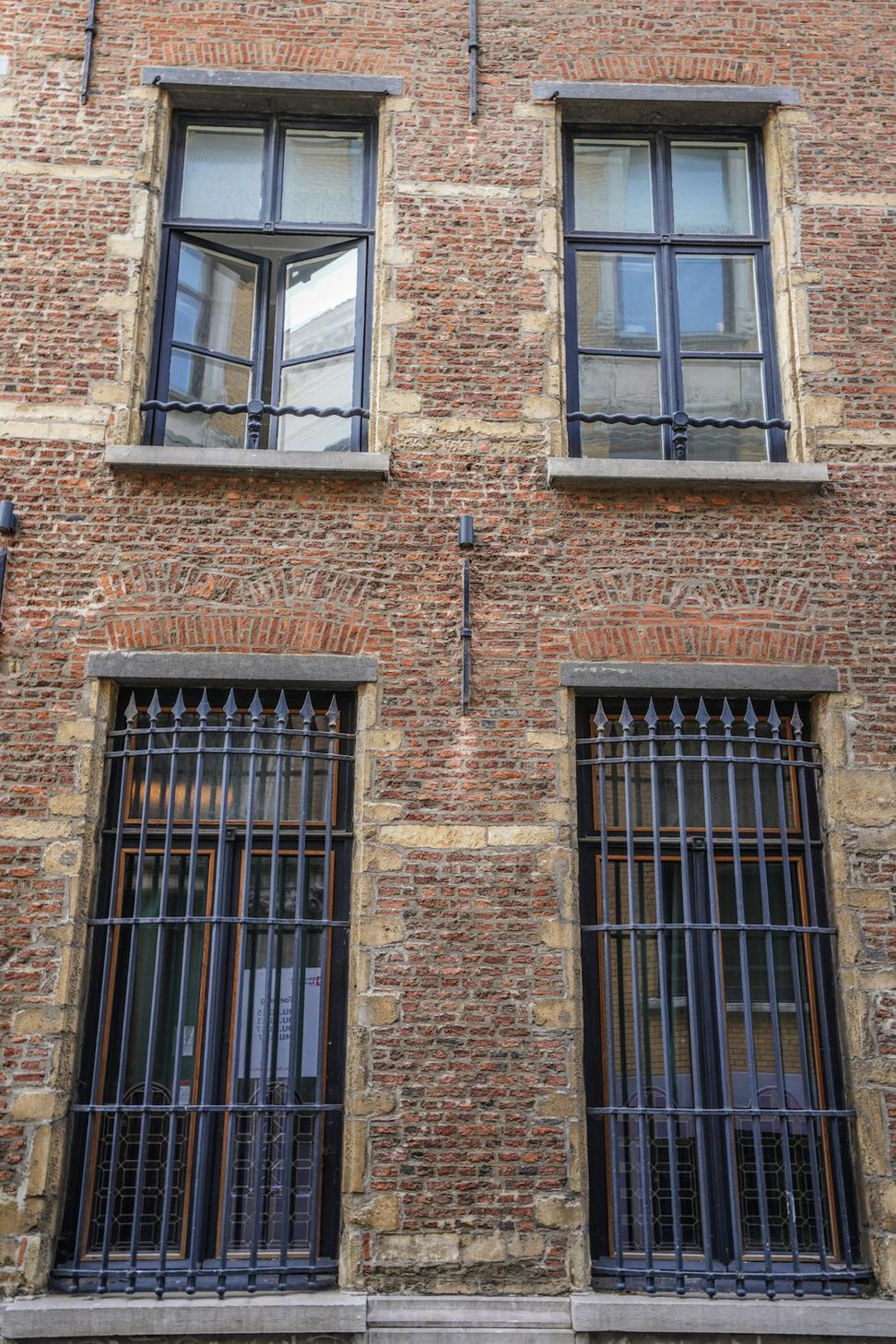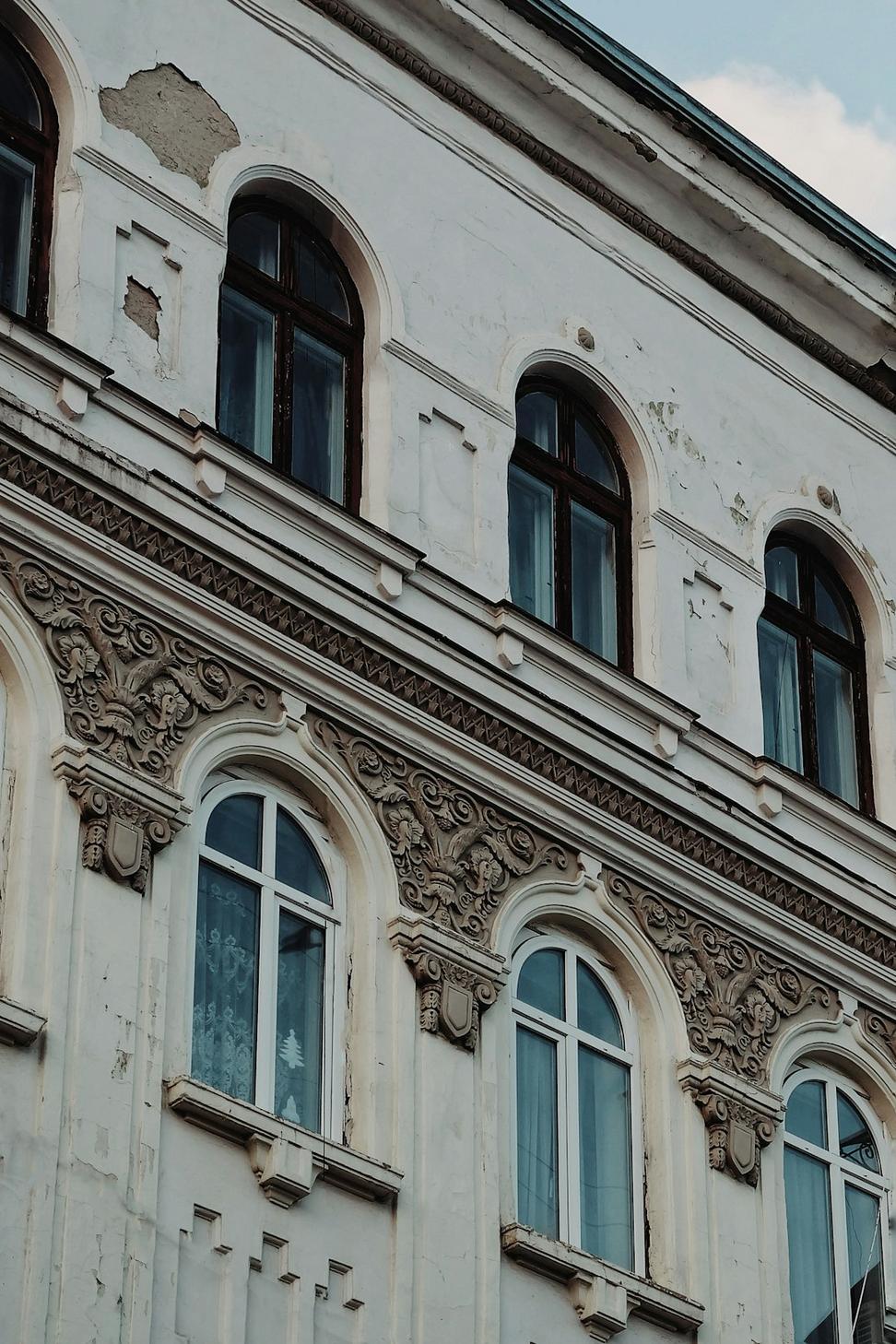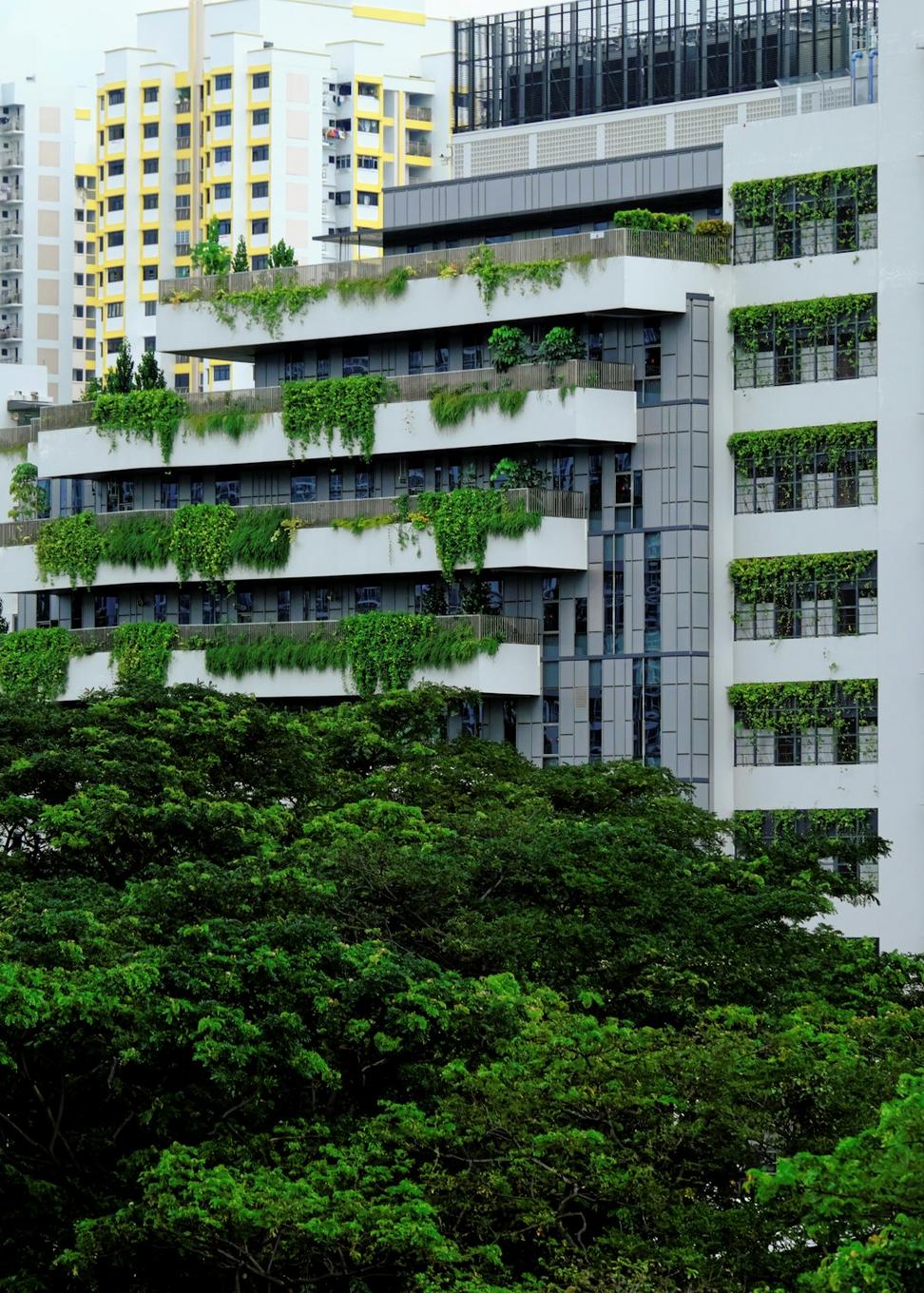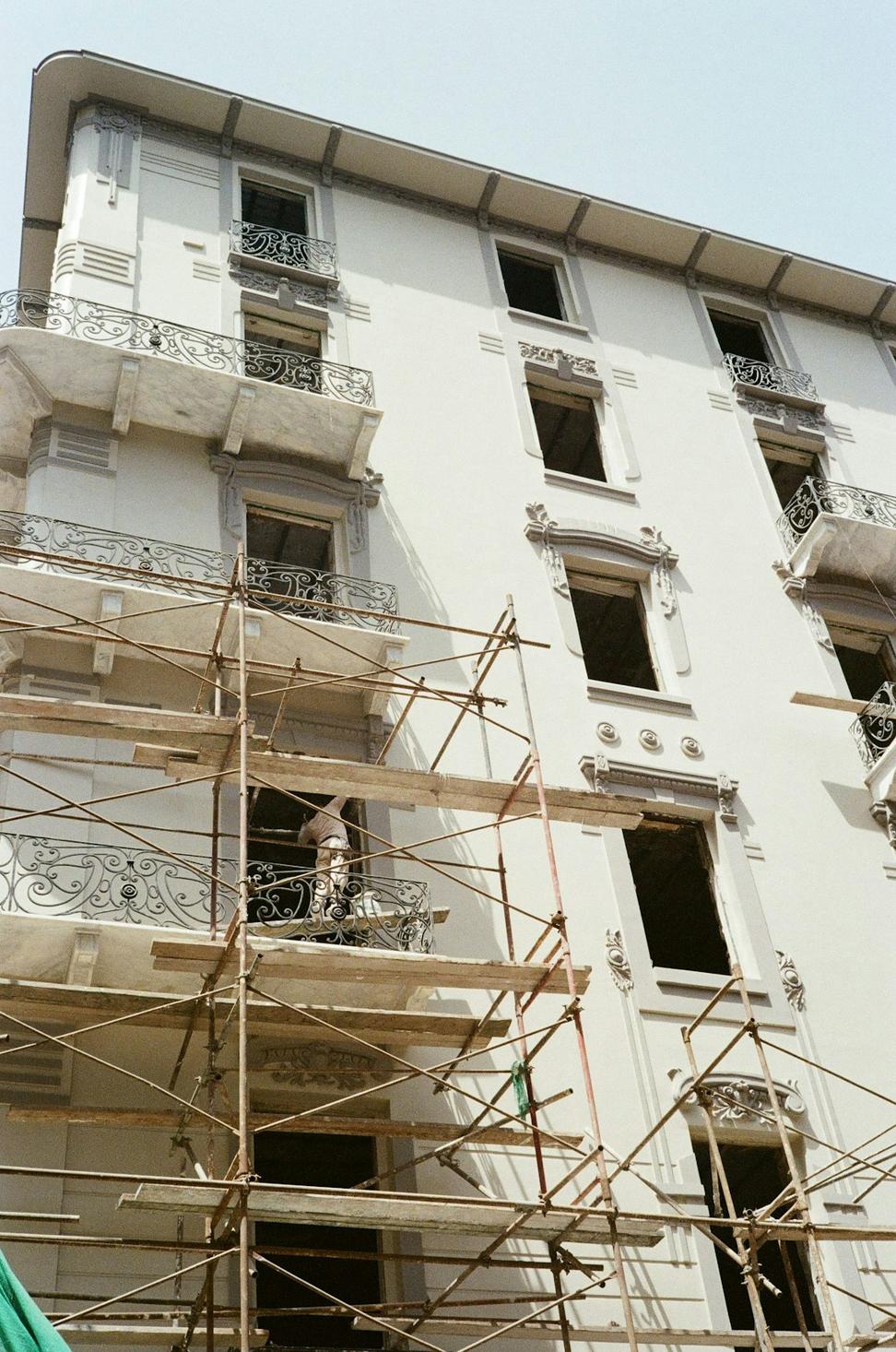
Why We Actually Care About This Stuff
Look, when we started out, sustainability was just another checkbox on a form. But after restoring our 14th heritage building and watching how older structures naturally regulate temperature better than half the new builds out there, something clicked.
Those old buildings? They weren't trying to be sustainable. They just had to be smart because energy was expensive and materials were local. Somewhere along the way, we forgot that common sense.
Now we combine those time-tested principles with modern tech. Not because it sounds good in a brochure, but because it actually works better and costs less in the long run.
87%
Avg. Energy Reduction
34
LEED Projects
100%
Local Material Priority
